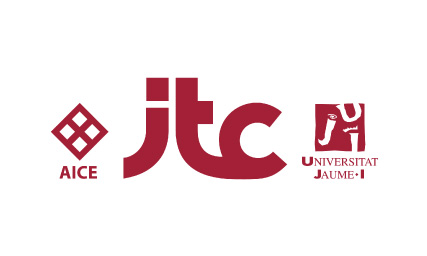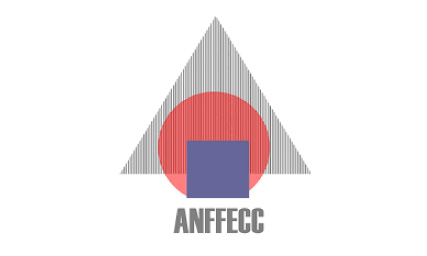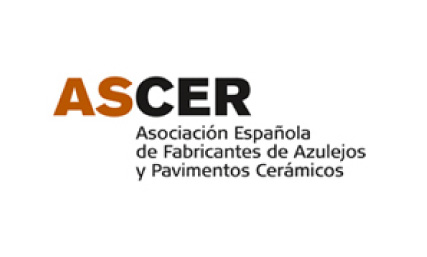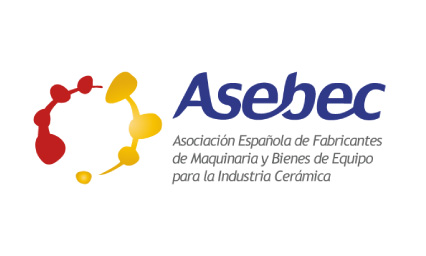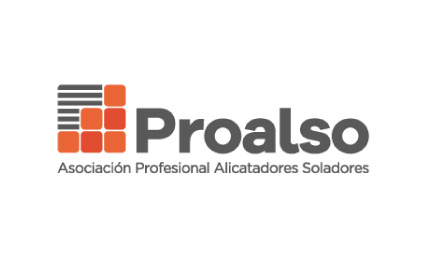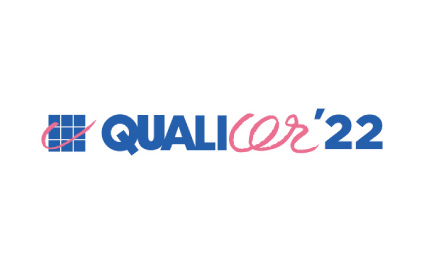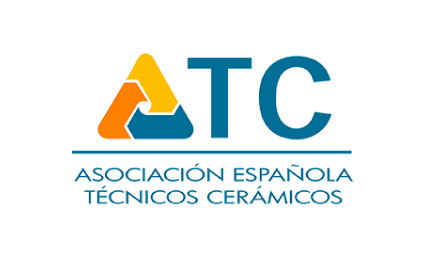Ceramic Cluster
The industrial engine of the province
The ceramics sector is one of the economic engines of the Valencian Community, and one of the most dynamic regions in Spain.
Production in Spain
90% in the Castellón province
Exports
180 countries regularly import Spanish floor and wall tiles
Impact*
2,7% of GDP
23,000 employees
Total sales value: € 6.9B
- Manufacture of final products: € 4.86B
- Glazes and frits: € 1.59B
- Machinery: € 438M
* 2021
However, beyond the figures, the ceramics cluster is at the forefront of Spanish industry in terms of generating added value by constantly innovating in its processes and its commitment to sustainability.
Castellón is at the heart of the great Spanish ceramics industry. Capable of exporting 75% of annual production value.
Driving force
Its driving and leveraging role on other productive sectors marks the path to becoming more than just an ancillary industry. Thus, the energy, mining, logistics, and commercial sectors are conditioned by the tile sector.
With its technological development, investment in R&D&I and the excellence of its products, it meets the needs of the most diverse markets around the world.
Value of industrial production
41,3%
in Castellón
10,8%
in the Valencian Community
1,1%
in Spain
Impact
20% of GDP
in the province of Castellón
Exports
Floor and wall tiles
- 75% of production is exported ( € 3,67B )
- 47,3% European Union
- 19,3% North and Central America
Glazes, frits and ceramic colours
- 70% is shipped abroad: China, Italy, Egypt, Algeria, Russia, Morocco, India and Turkey are among the top recipients.
Glazes, an (even more) international window
For glazes, frits, and ceramic colours companies, internationalisation is a distinguishing feature. With their dense network of branches, the companies gathered around the ANFFECC employers’ association have taken their experience with national manufacturers to the farthest corners of the planet. Thanks to their know-how , they have been able to provide the best service to emerging countries, achieving a global position similar to that obtained at a national level.
Meanwhile, in Spain the glazing sector has proved to be extremely solid, which has translated into world leadership, surpassing Italy for more than a decade now as a result of the efforts dedicated to R&D&I and its internationalisation and global competitiveness.
Glaze sales from Castellón*
€ 1.59B
Only € 509 million of sales came from the domestic market.
The results from the sector’s branches abroad are estimated to have been similar. With more than 4,200 employees, the glaze segment is very strong.
* 2021
Machinery, a key element
The third ‘leg’ of the virtuous circle of the Castellón ceramics cluster is definitely the companies that manufacture the machinery and capital goods. In 2021, 48 companies provided employment for more than 1,600 workers, with a turnover of 438 million euros. The sector is grouped in with the Spanish Association of Manufacturers of Machinery and Capital Goods for the Ceramic Industry (ASEBEC for the Spanish acronym).
Exports
€ 140M+
per year in 2021
Main destinations: Algeria, Italy, Turkey, and Mexico, followed by Iran, Guatemala, and our neighbour, Morocco.
The ports, transport hubs
The quantitative growth of the cluster in recent decades has boosted the role of ports as the main entry point for raw materials and the main exit point for finished products going to foreign markets.
Indirect jobs generated by the cluster in the transport sector
7,000 employees
Transport methods of the total ceramic turnover*
65% by sea
35% by land
* In the year 2020
PortCastelló
40% of the port's traffic is allocated to the ceramics cluster
Besides improvements in access to port infrastructures, it is worth remembering that the sector is still waiting for the Mediterranean rail corridor.
